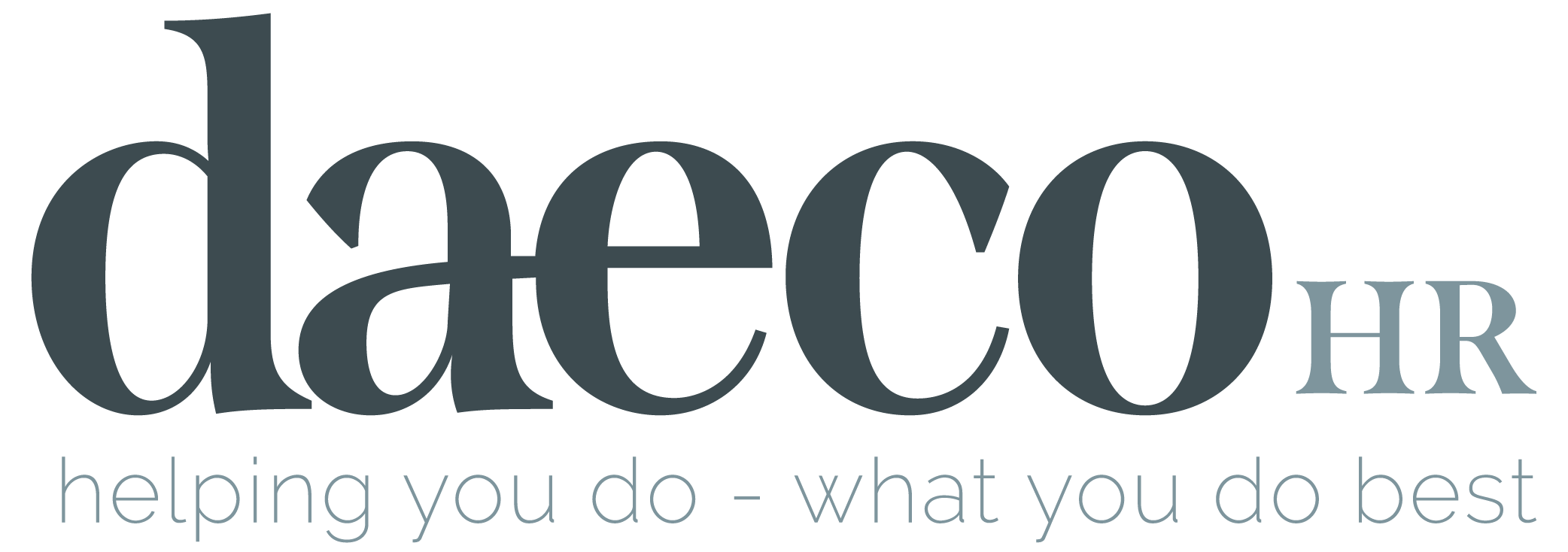We don’t mean to alarm you first thing on a Monday morning, but we couldn’t help sharing this article about the cost of a bad hire. Workopolis shows us the costs can be in the tens of thousands for a senior executive. Now that’s alarming. Take a look at the article, and then use the Bad Hire Calculator to see for yourself.
When it comes to hiring, you’re better off to get it right the first time around. Because, as we all know, a bad hire can be very costly to your company.
How costly? That depends on who you ask. A recent Career Builder survey found that the 68% of employers say that they have made a bad hire in the past year, and of those companies, 41% estimated that it set them back more than $25,000, while 25% said it cost them more than $50,000.
Meanwhile, another estimate is that it costs $7,000 to replace a salaried employee, $10,000 to replace a mid-level employee, and $40,000 to replace a senior executive, while more calculations take the price up to $840,000 to replace a mid-level manager.
You can also calculate the cost of a bad hire for yourself using this tool.
Bad hires, according to the survey, were people who didn’t produce the proper quality of work, didn’t work well with others, had bad attitudes, had attendance problems, were the subjects of customer complaints, and didn’t meet deadlines.
The most common effects of a bad hire were found to be a loss of productivity, and lost time, followed by the cost of recruiting and training a new employee, a negative effect on employee morale and a negative impact on client solutions.
Asked why they felt they had made the bad hire, 38% of employers said they were rushed to fill the to position. Another 34% chalked it up to just making a mistake. Here are the reasons they chose:
Needed to fill the job quickly – 38% Not sure; sometimes you make a mistake – 34% Insufficient talent intelligence – 21% Didn’t check references – 11%
Checking references is one important step toward avoiding making a mistake. Always check references. Even if someone seems fantastic, looks can be deceiving.
Here are a few other ways to avoid making a bad hire:
Give detailed instructions for the application process and make sure the applicant follows them to the letter. You could ask for “three work samples” or ask the applicant to address specific questions in their cover letter. It could be as simple as, “Please tell us where you heard about the position, and why you think you would be a good fit for our organization.” People who read and follow instructions are more likely to make good hires. If they don’t do exactly as you ask, ditch the application.
Do your research. We always expect the candidate to have done their research on the company, but you need to be equally diligent about researching the candidate. This might involve not just checking references but looking at their social media accounts and web presence, as well as doing a background check.
Prepare for the interview. Don’t just wing it in the interview, but make sure your research is done and your questions are properly targeted to the candidate and the role. Read the resume and cover letter, know who you are talking to, and ask the right question.
See how they interact with others. Take the candidate around the office and introduce them to the employees. See if they are friendly and whether they show an interest in people – in everyone, not just managers. Ask the receptionist whether they were polite and friendly on the way in. Someone who is friendly and polite and shows an interest in others is more likely to be a team player and to make friends.
For this and more great articles, check out Workopolis
